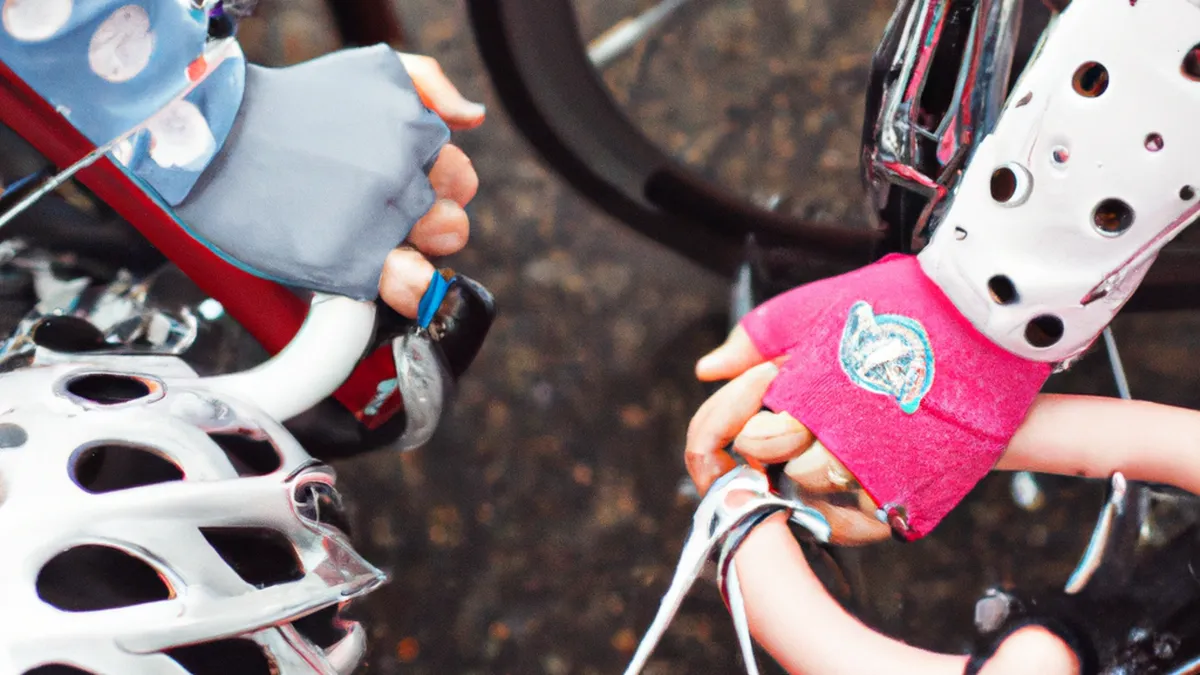Sync Workouts to Heart Rate for Better Results
Maximize Your Workouts with Heart Rate ZonesUnderstanding heart rate zones transforms your exercise routine. Tracking your heart rate optimizes workouts, enhances performance, and helps you reach fitness goals. This post explores effective ways to use heart rate zones.
What Are Heart Rate Zones?
Heart rate zones represent specific heartbeats per minute (bpm) during exercise. These zones help gauge workout intensity. Typically, five primary zones exist:1. **Resting Zone (50-60% of max heart rate)**: Your heart rate stays lowest here, measured at rest. This zone aids recovery and energy replenishment.2. **Fat Burning Zone (60-70% of max heart rate)**: Your body burns a higher percentage of fat for fuel in this zone. It suits weight loss, especially for beginners.3. **Cardio Zone (70-80% of max heart rate)**: This zone boosts cardiovascular fitness and lung capacity. It’s ideal for building endurance and moderate-intensity workouts.4. **Anaerobic Zone (80-90% of max heart rate)**: Here, you develop speed and power. Workouts in this zone are intense and enhance performance through high-intensity intervals.5. **Red Line Zone (90-100% of max heart rate)**: This zone involves short bursts of maximum effort. It pushes limits, often used in sprinting and high-intensity interval training (HIIT).
How to Calculate Your Maximum Heart Rate
To use heart rate zones effectively, find your maximum heart rate (MHR). Subtract your age from 220. For example, if you are 30 years old, your MHR is 190 bpm (220 – 30 = 190). This calculation establishes your heart rate zones.
Monitoring Your Heart Rate
Monitor your heart rate using various tools. Heart rate monitors, fitness trackers, and smartwatches offer real-time data during workouts. Many devices track your heart rate over time, revealing training patterns and trends.You can manually check your pulse by placing two fingers on your wrist or neck for 15 seconds. Multiply the number of beats by four to get your bpm. While manual tracking works, technology provides continuous monitoring.
Tips for Using Heart Rate Zones Effectively
As an Amazon Associate I earn from qualifying purchases.
Gear tip: consider bike helmet, cycling shoes, and bike computer to support this topic.
1. **Know Your Zones**: Familiarize yourself with your specific heart rate zones. Use the MHR calculation to define them.
Conclusion
Understanding and utilizing heart rate zones can significantly enhance your training effectiveness. Embrace these insights for better results.
Below are related products based on this post:
FAQ
What are heart rate zones?
Heart rate zones represent specific heartbeats per minute during exercise and help gauge workout intensity. There are typically five primary zones, ranging from resting to red line, each serving different fitness purposes.
How do I calculate my maximum heart rate?
To calculate your maximum heart rate (MHR), subtract your age from 220. For instance, if you are 30 years old, your MHR would be 190 bpm.
How can I monitor my heart rate during workouts?
You can monitor your heart rate using heart rate monitors, fitness trackers, or smartwatches for real-time data. Alternatively, you can manually check your pulse by counting beats for 15 seconds and multiplying by four to find your bpm.















Post Comment